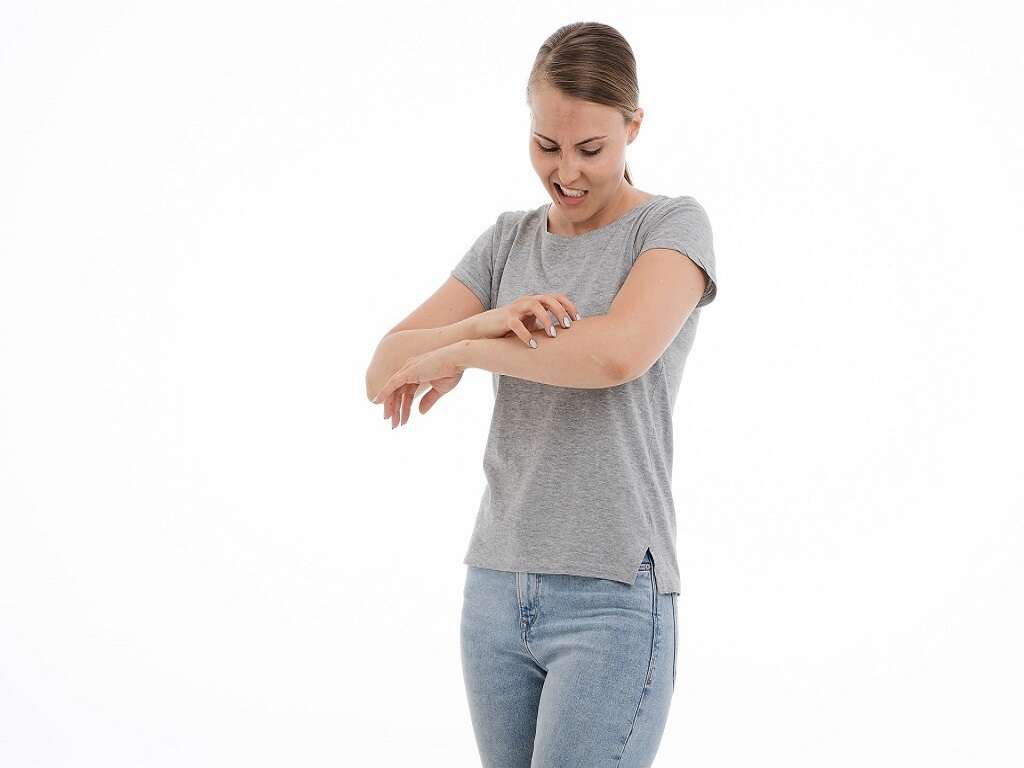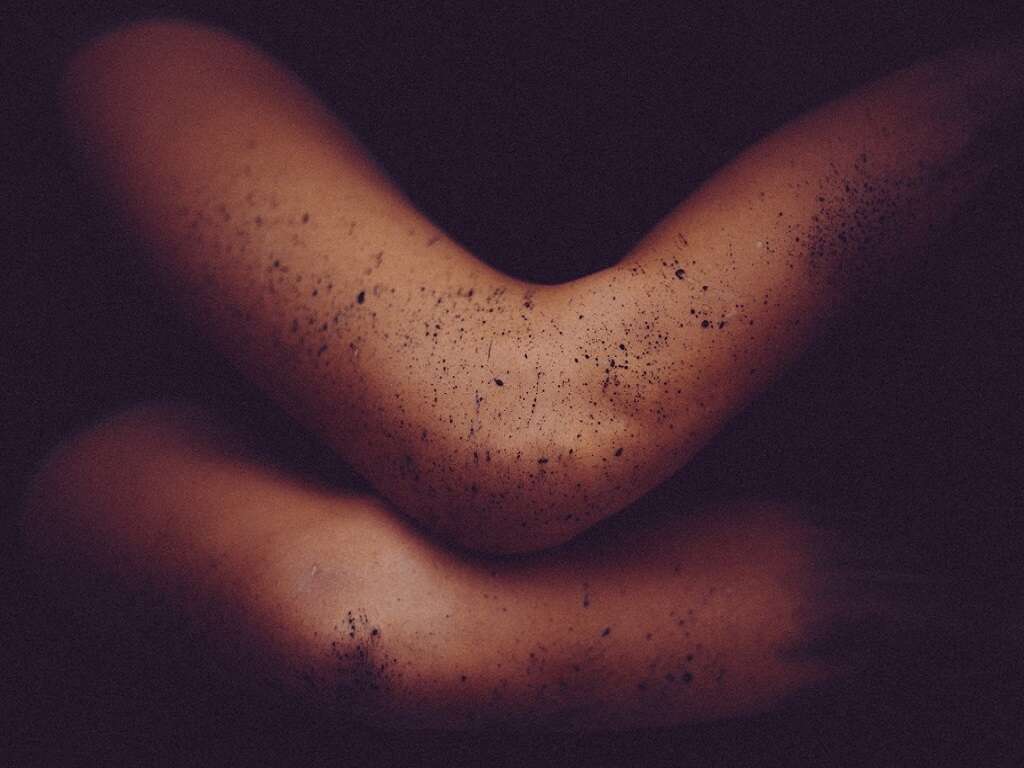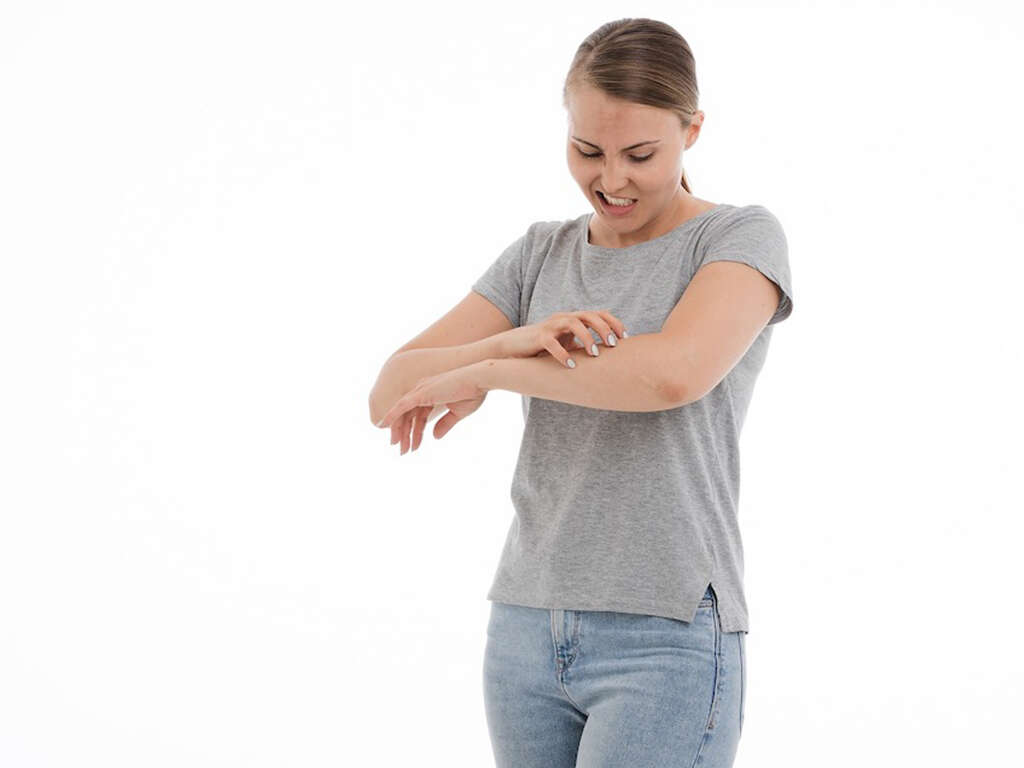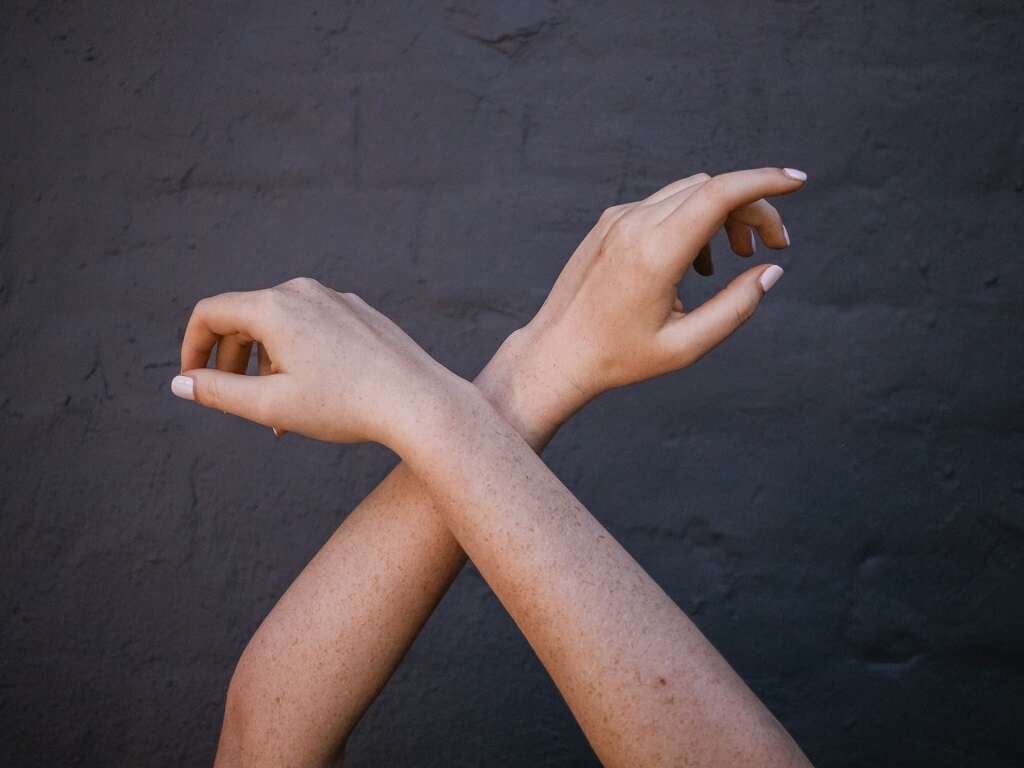10 Heat Rash Symptoms
Heat rash or prickly heat is a skin condition caused or worsened by exposure to heat or a hot environment. It is believed that the rash occurs due to blockage of sweat glands. The trapped sweat causes irritation that leads to a rash.
The condition affects skin in different parts of the body including the face, neck, back, groin, under the breasts, the abdomen, and the buttocks.
There is no age or gender bias when it comes to getting heat rash. However, it is more common in infants and children under 4 years, athletes, obese or overweight people, military personnel, people with problems of absence or decreased sweating, and those who are bedridden. Below are 10 heat rash symptoms to look out for.
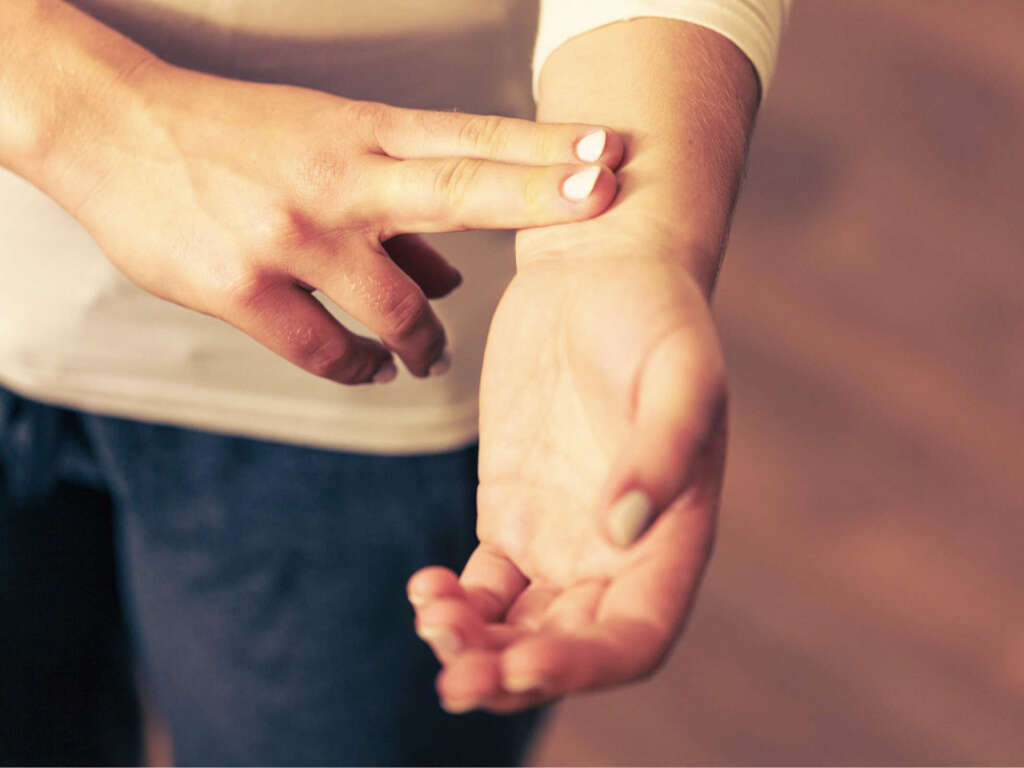
Symptom #1: Clear Spots
As mentioned, excess heat can cause clogging of skin pores and sweat glands within the skin. This can cause clear spots to form on parts of the body. The clear spots may later be filled with fluid, which is actually sweat trapped under the skin. Usually, the spots appear in the initial stages of the heat rash. The spots may burst with time and release the fluid.
Children are more prone to these clear spots because of their underdeveloped immunity. Adults may also get them depending on their lifestyles and work environments. To get rid of these spots, try to keep the affected area clean and dry.
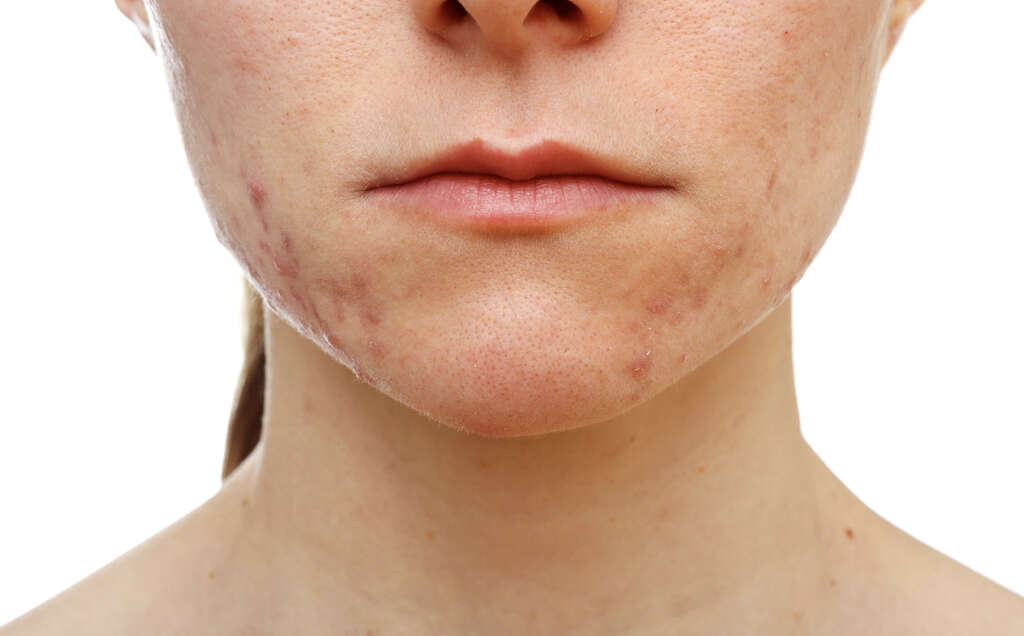
Symptom #2: Blisters
The tiny clear spots may develop into tiny blisters filled with fluid. The blisters may be white or colorless and may ooze out fluid if rubbed with a piece of cloth. Some of them may appear like pimples. They may also itch a bit or even cause inflammation.
Also called papules, the tiny blisters usually originate in the deeper layers of skin. This is why they are more uncomfortable than the heat rash spots, which are more superficial. In most cases, the heat rash blisters will die off naturally provided you keep them clean, aired, and stay in a humidity-free environment.
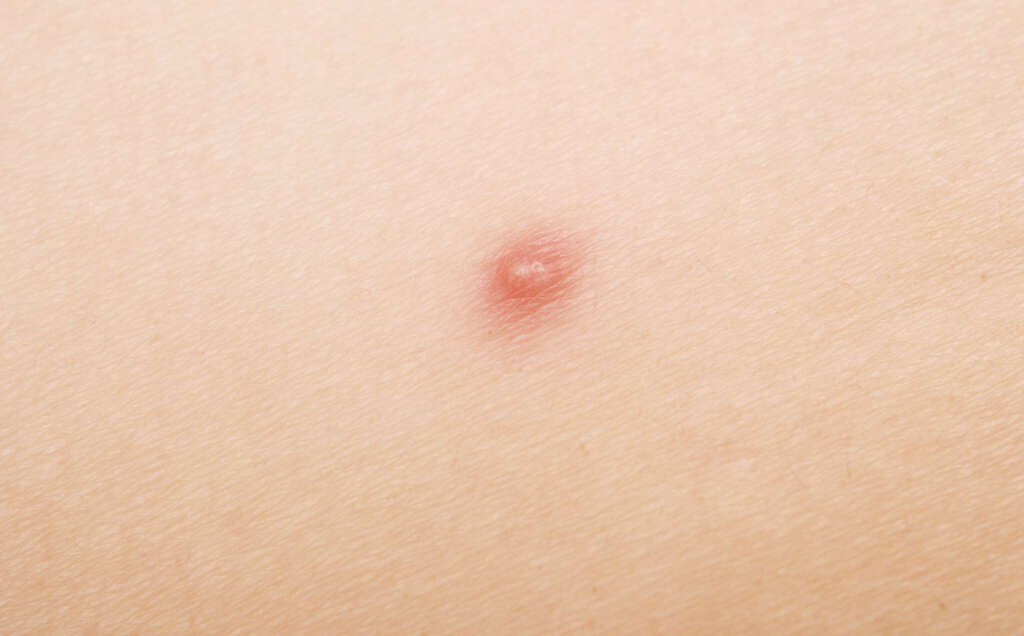
Symptom #3: Small Red Spots
Small red spots due to itching and blocking of pores appear on areas like the neck, cheeks, nose, under the breasts, groin, armpits, and the back. The spots may worsen if they are irritated by allergens like pollen grains or fabric linters.
Small red spots usually occur within 10 to 16 hours from exposure to heat. Some people may also experience dryness and patchiness. The best possible way to keep your skin condition from worsening is to maintain good ventilation in a cool atmosphere. Wear breathable and soft clothes and try not to touch the infected area. Also keep your stress levels low because higher stress levels will secrete more adrenal hormones, which can worsen the condition.
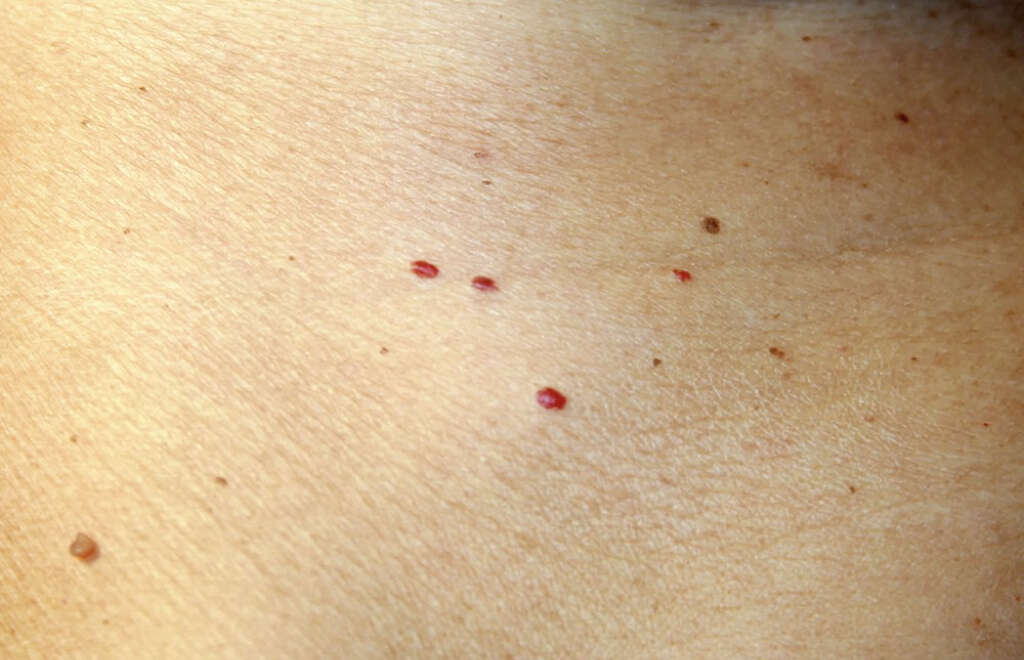
Symptom #4: Itchiness
Itchiness is another common symptom of heat rash. The heat can irritate skin, leading to a constant itch in the affected area. Clothing plays a significant role in this regard. Light, breathable fabric is a good option.
Keep the area sweat-free by staying in a cool place to reduce the itchiness. Also wear cotton fabric whenever possible. This helps to air the infected area. Diet can also play some part in reducing the itchiness. Avoid oily and spicy foods to reduce the risk of hormonal disturbances. For some mild and moderate cases of itchiness, using prickly heat powder and taking frequent showers can also be helpful.
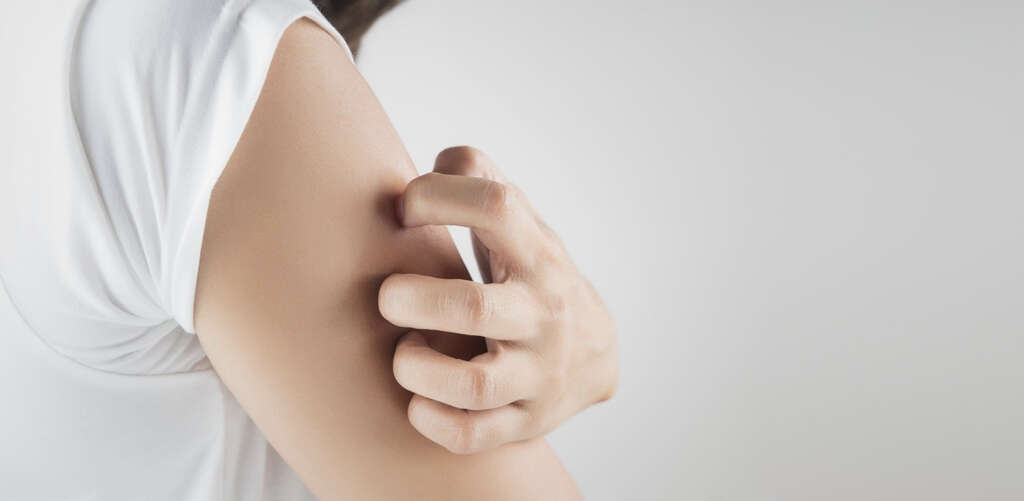
Symptom #5: Nausea
Nausea and a feeling like you are about to vomit are common heat rash symptoms. These symptoms may be accompanied by headaches, fever, and feeling thirsty. Nausea and the associated symptoms may arise due to the dehydration brought about by excess heat.
To counter nausea, eat cucumber, mint, or citrus fruits, making sure that you don’t rush to swallow. You can also try drinks like green tea, lemon tea, and ginger tea. Broth and bananas can also offer some comfort. If you go to school or work during the hot season, carry some candies in your bag so you can suck on them to help maintain your digestive juices and therefore prevent nausea and bloating.

Symptom #6: Headache
Rise in body temperature and dehydration due to high environmental temperatures can lead to headaches. Heat can cause blood vessels in the head to constrict in order to prevent over heating of the brain. The shunting of blood away from the brain could cause headaches but it is more likely due to dehydration.
Increasing your fluid intake can help reduce headache incidences. Keep a glass or a bottle of water with you and keep sipping on it throughout the day. You can also increase your fluid intake by taking fruit juices. Also eat light meals that are easily digested and low in fat and sodium. Wearing sunglasses or carrying an umbrella can keep out excess light from your eyes and face and thereby reduce headache instances.
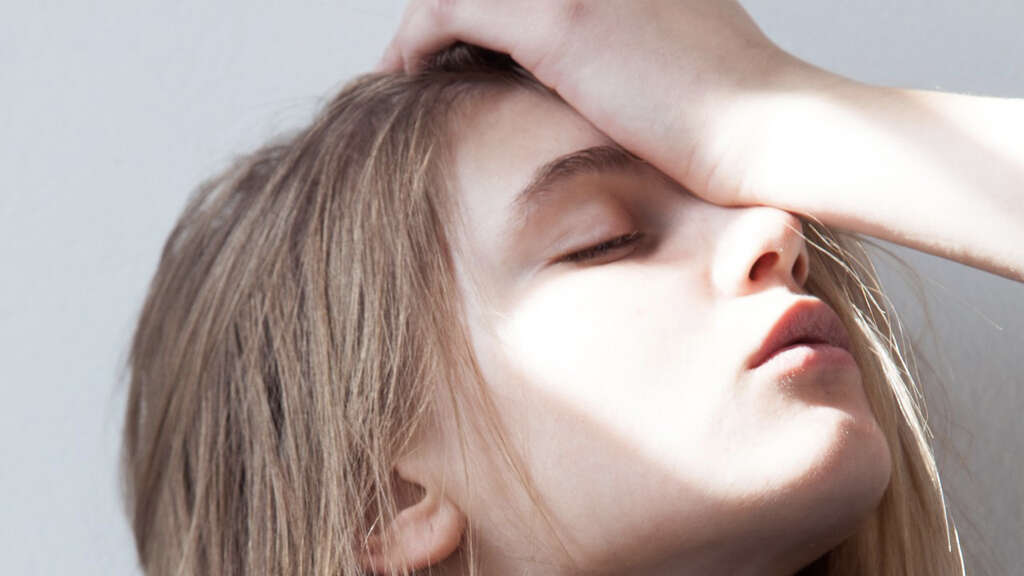
Symptom #7: Redness
Spots due to excess heat occur in various colors ranging from pink to red. The spots might be scaly or raw, especially after they burst. It is a common phenomenon that these spots usually fade after 3 to 4 days.
You can use a number of home remedies to keep your skin cool and thus aid in recovery. These remedies include aloe vera gel and olive oil. Also wear soft material and ensure that your clothes are not too tight. Avoid jeans and similar clothing. Following these approaches, you will keep cool so that the symptoms can slowly fade away. Also avoid vigorous exercises for at least a few days.
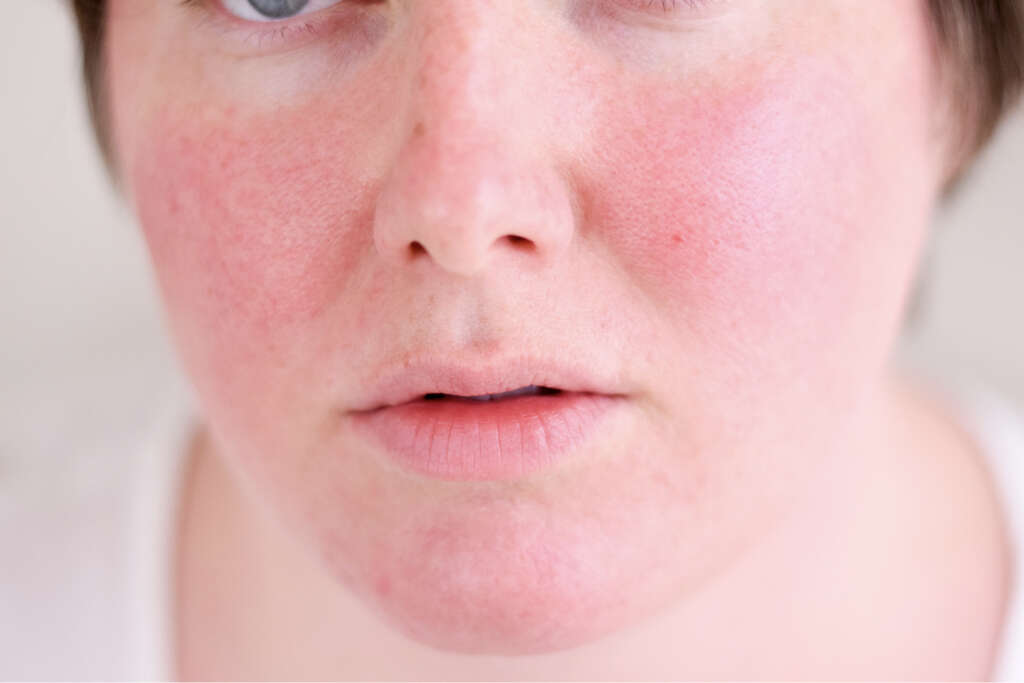
Symptom #8: Fever
Because heat rash occurs due to an increase in temperature, there is a good chance that the body’s systems may suffer disruptions. An infection may also develop easily from environmental pathogens. This can cause the body’s defense system to kick in ready for combat, using fever among other infection fighting tools.
Fever as a heat rash symptom occurs when the condition remains for an extended length of time. For this reason, it may be necessary to seek medical attention to rule out any infection or complications. This is even more critical for babies and young children. Keep monitoring the body temperature and rush to a doctor if the temperature rises above 102oF for 24 hrs or more.
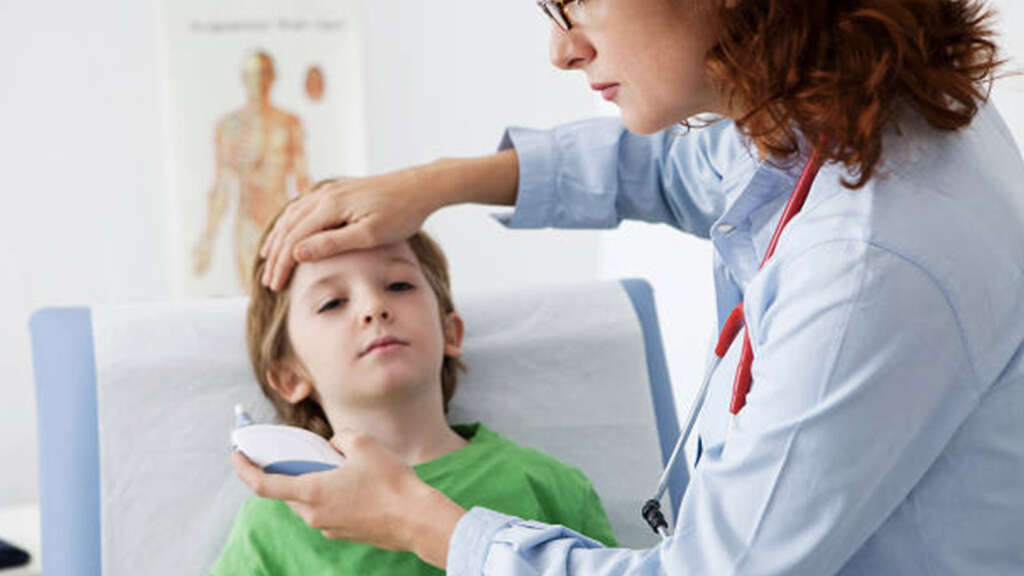
Symptom #9: Mild Swelling
Due to a continuous irritable feeling and itching, there are chances of mild to moderate swelling. Also known as angioedema, swelling as a heat rash symptom starts within the depths of skin. It can affect any part of the body including the face, tongue, lips, genital area, and around the eyes.
Certain medications can be used to reverse the swelling. Some home remedies including ginger and turmeric also have anti-inflammatory properties and can, therefore, lessen the swelling. Other remedies for heat rash swelling include cold therapies by applying ice packs to the swollen area from time to time. Also, after taking a shower, let the skin air dry and do not use towel. You may also apply non-oily ointments and creams.
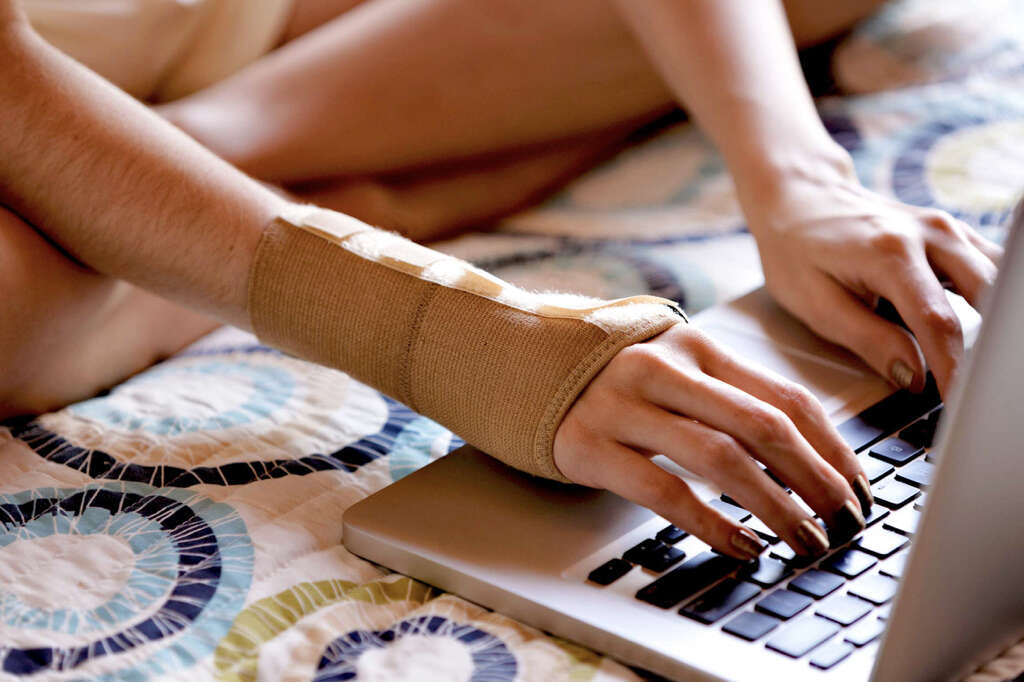
Symptom #10: Rapid Heart Rate
A rise in body temperature causes an increased heart rate as the body’s homeostatic system works to lower the temperature back to normal. This calls for increased blood flow to carry heat from inside the body to the surface for dissipation. Increased adrenal hormone production sets the heart beating faster.
If this happens, try to relax and stay calm. And if you are walking or doing any strenuous task, leave it aside for a while, sit in the shade, and drink some water. Also try to breathe in slowly through your nose, making a point to fill up your lower parts of your lungs first. Hold your breath briefly then exhale slowly.






